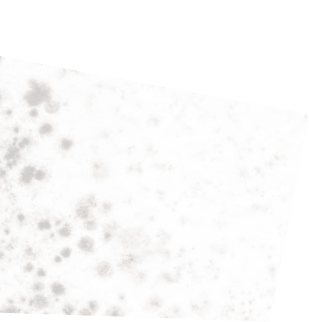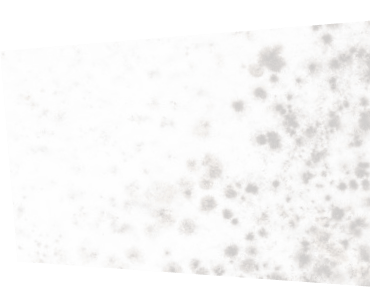.png) Black mold, is a species of fungi that is often found on cellulose-rich building materials that have been damaged by excessive humidity or flooding. This mold is rarely found in natural environments due to its inability to successfully compete with other species of fungi.
Black mold, is a species of fungi that is often found on cellulose-rich building materials that have been damaged by excessive humidity or flooding. This mold is rarely found in natural environments due to its inability to successfully compete with other species of fungi.
Black mold has a number of strains and some of them are able to produce mycotoxins as secondary metabolites. Aside from producing mycotoxins, it also has a number of other potentially harmful effects on human health, which is why black mold removal is advised after the first signs of growth are noticed. In order to properly identify the problem and understand why black mold is so notorious, let’s find out where it can be most commonly found and what kind of effects it has on human health.
Where Does Black Mold Grow?
Because they like to grow on cellulose, black mold colonies can be found in fiberboard, drywall and materials made of gypsum, manifesting as greenish-black stains and spots. It requires moisture to grow, so it usually occurs after water damage or prolonged periods of excess humidity. For this reason, black mold is often found around leaky pipes and faucets, in bathrooms, kitchens and previously flooded areas.
How Does Black Mold Affect Human Health?
Black mold can affect people in a number of ways, and its effects vary from person to person. The elderly, children, as well as people with chronic respiratory diseases, allergies and compromised immune systems, experience the exposure more severely, while a healthy adult can have mild symptoms to none at all. The intensity of symptoms also depends on the amount of mold – heavily infested areas can trigger symptoms even in healthy people with strong immune systems. The symptoms of black mold exposure include:
- Runny or stuffed nose
- Itchy, red eyes
- Coughing
- Wheezing
- Dry throat
- Skin rash
- Headaches
Chronic exposure to black mold can have a particularly negative effect on children. Studies have shown that asthma is more prevalent in school children that live in homes infested with molds. Some sources even suggest that black mold can cause infant pulmonary hemorrhage, a potentially life-threatening condition.
How to Get Rid of Black Mold Properly?
Depending on the size of the infestation, black mold removal can be easy, or very difficult and time-consuming. Small colonies can be sprayed with chemicals like borax, bleach, hydrogen peroxide, vinegar, and similar. However, a large-scale infestation cannot be handled properly without a professional. This is because black mold can get deep into the construction material, and its removal then requires specialized equipment and experience.
If you are experiencing a problem with this pest in your home, and you are looking for professional mold removal in Toronto, Mississauga, Brampton and beyond, reach out to Inch by Inch Inspections. Certified, friendly staff of Inch by Inch has years of experience in black mold removal, and will help you get rid of it safely, efficiently and budget-friendly. Reach out to Inch by Inch today and schedule your inspection.




